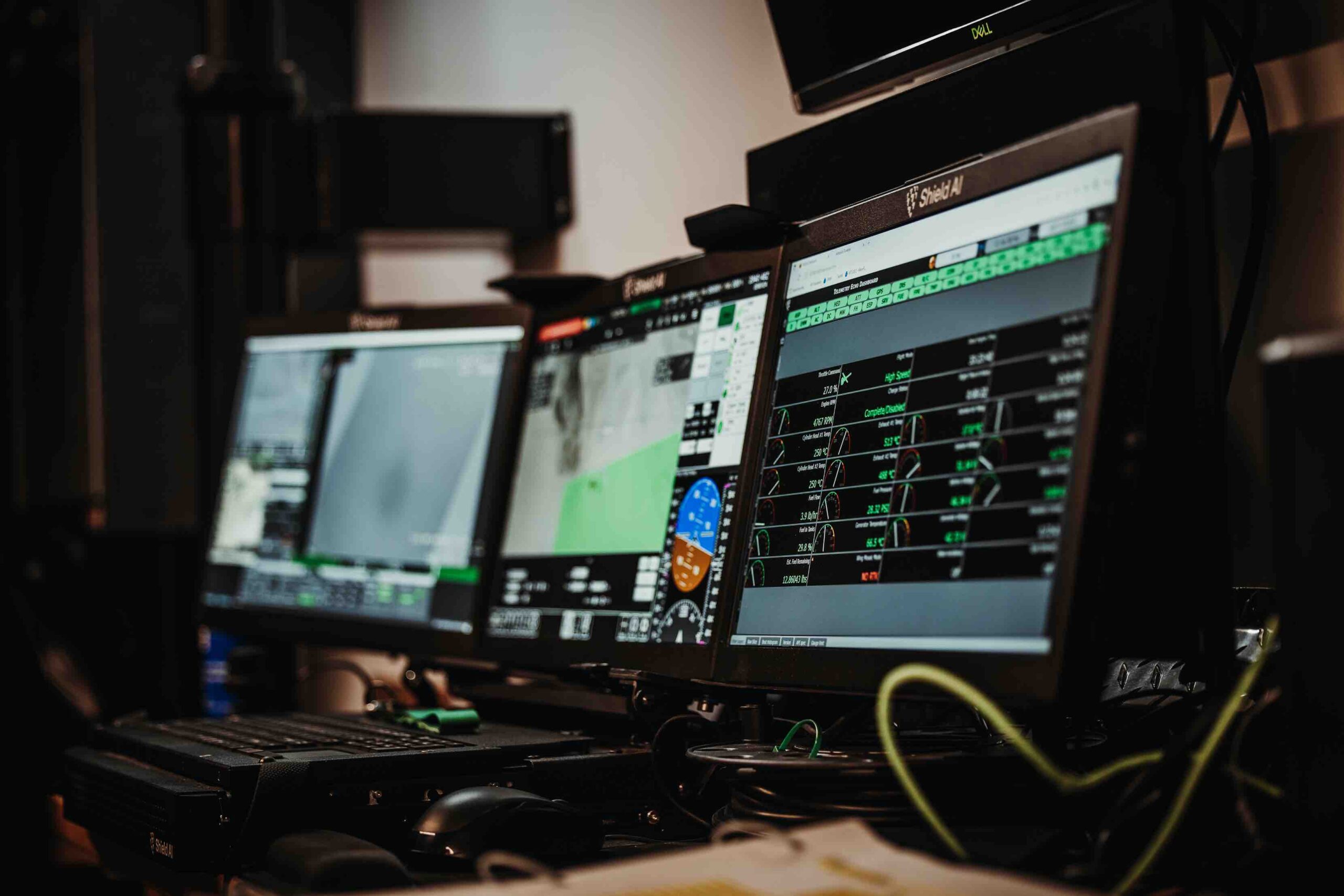Japan’s Drone Doctrine Evolves with Shield AI V-BAT: A Deep Dive into the Future of Maritime ISR and Autonomous Defense
Rising Tensions, Evolving Needs
Japan, known for its early innovations in drone technology—from advancements in agricultural UAVs to popularizing toy quadcopters in the 1980s—now confronts a new drone challenge. With security tensions increasing across the Indo-Pacific due to routine intrusions by Chinese, Russian, and North Korean forces near Japanese territories, the nation urgently needs uninterrupted, high-end surveillance and reconnaissance capabilities. Coupled with this is a decreasing pool of available personnel, prompting defense strategists to emphasize automation and AI-enabled unmanned systems.
Defense Doctrine: From Hesitance to Embrace
Japan’s Self-Defense Forces (SDF) initially approached drones cautiously, influenced by a pacifist constitution and public unease with unmanned systems linked to offensive warfare. This mindset is shifting. With global conflicts highlighting the transformative power of UAVs and new policies permitting the SDF to down invasive drones without an immediate threat, Tokyo is pivoting towards proactive drone integration for defensive and deterrent objectives.
Why Choose Shield AI’s V-BAT? A Game-Changer for Maritime Defense
The V-BAT, developed by Shield AI, stands central to this technological shift. So, why has Japan opted for this drone as a cornerstone of its new autonomous doctrine?
| Feature | V-BAT Highlights | Strategic Importance for Japan |
|---|---|---|
| VTOL Capability | Takes off and lands vertically in confined shipboard or urban environments | Ideal for deployment on small offshore patrol vessels (OPVs) and destroyers |
| Operational Autonomy | Powered by Shield AI’s Hivemind for GPS- and comms-denied settings | Vital for resilience against jamming/EW, critical in East Asian hotspots |
| Modular Payloads | Handles up to 40 lbs, including EO/IR, radar, targeting pods | Versatile for surveillance, search and rescue, targeting, and more |
| Swarm-Ready | Supports multi-vehicle, distributed autonomy (drone swarming) | Potential force-multiplier, compensating for personnel limitations |
| Safety & Logistics | No exposed rotors; fully automated launch and landing; minimal crew needed | Low risk, high agility; can operate from small ships or rooftops |
| Combat-Proven | Tested in hostile, EW-dense environments like Ukraine, Middle East | Reliable for deployment in disputed maritime areas |
The New Japanese Offshore Shield: OPVs & V-BAT Integration
Japan’s Maritime Self-Defense Force (JMSDF) is incorporating V-BAT drones into its next-generation offshore patrol vessels (OPVs). An initial expenditure of 3.7 billion yen ($25 million) secures six V-BAT units, intended for the first two of twelve 2,150-ton OPVs. These vessels feature helicopter-class aviation decks and facilities for both aerial and underwater drones, with the first two ships launching in November 2025 in Yokohama.
Why this matters:
- These V-BAT-equipped OPVs will oversee foreign naval ships and potentially hostile vessels nearing Japan’s waters.
- Extended reach and endurance: The V-BAT ensures greater surveillance persistence than traditional naval helicopters, at reduced operational costs.
- Scalable potential: Additional V-BATs could equip remaining OPVs and Japan’s fleet of 36 destroyers for better targeting data for long-range precision missiles.
ISR, Targeting, and More: V-BAT’s Versatility
V-BATs are crafted for a wide array of mission profiles:
- ISR (Intelligence, Surveillance, Reconnaissance): Persistent maritime patrol, border security, surface vessel monitoring.
- Targeting Support: Provides laser designation for naval or land-based missile systems; supports cooperative targeting.
- Search & Rescue: Quick deployment over rugged terrain or turbulent seas, with sensors to locate distressed entities.
- Drug Interdiction & Law Enforcement: Proven efficacy in U.S. and allied anti-smuggling efforts.
- Autonomous Swarming: Multiple drones coordinating to overcome defenses, map difficult environments, or uphold regional situational awareness.
- Electronic Warfare Resilience: Operates in GPS- and comms-denied spaces, largely immune to typical jamming.
Beyond V-BAT: A Broader Unmanned Revolution
The V-BAT procurement is just one component of Japan’s swift progression in UAV and AI-integrated combat:
- AI-Enabled Combat Drones: Japan’s MOD will test its first UAV with AI capabilities in late 2025, featuring flexible platforms for combat and intelligence roles.
- Dedicated Defense Teams: A 30-member MOD task force is forging Japan’s coordinated UAV/AI strategy, leveraging lessons from Ukraine, encouraging R&D, and improving collaboration with U.S. and allies.
- Industry Upgrades: Funding in AI navigation, autonomous swarming, sensor integration, and export-ready drone platforms positions Japan as both a consumer and a leader in cutting-edge unmanned systems.
Real-World Results & Cautionary Tales
Japan’s V-BATs expand on a successful precedent—including deployments in the Black Sea and Middle Eastern regions, where the system withstood intense electronic warfare that defeated less robust drones. Its ducted-fan design supports deployment from compact decks without rotor exposure, optimizing operator safety—a prime selling point following an incident involving a U.S. Navy crew member that led to a temporary halt in V-BAT operations for safety reviews.
Policy Shifts: Drones & Rules of Engagement
Japan’s evolving policies on drone utilization for defense have matured. Recent guidelines permit the SDF to intercept or eliminate unauthorized drones in Japanese airspace even absent self-defense or emergency criteria, demonstrating a growing official and public acceptance of unmanned systems as strategic assets and potential threats.
Expert Outlook: What’s Next for Japan’s Drone Doctrine?
Japan’s adoption of V-BAT and broader drone strategy suggests several developing trends:
- Persistent ISR networks will become standard, with drones boosting the capabilities of limited personnel.
- Maritime and border security will depend on rapid, automated threat identification and response—areas where V-BAT thrives.
- AI and drone swarming will likely redefine tactical concepts, enabling swift adaptation to evolving threats.
- Policy and public sentiment towards drones will continue to mature, as their defensive benefits—and essential role—become clearer through real-life applications and consequences.
Closing Thoughts
Japan’s transformation—from drone regulation leader to military adopter—reflects both a pragmatic response to a demanding security environment and a forward-looking embrace of technological advancement. Shield AI’s V-BAT, with its agile, autonomous, and resilient characteristics, represents more than a new UAV: it symbolizes a doctrine evolving with the pace of today’s conflicts.
For those observing defense trends and drone innovations, Japan’s integration of V-BAT into its maritime forces will shape the future of unmanned doctrines in the Indo-Pacific. It offers a compelling real-world scenario of how advanced autonomous technology is setting the course for 21st-century national security.













